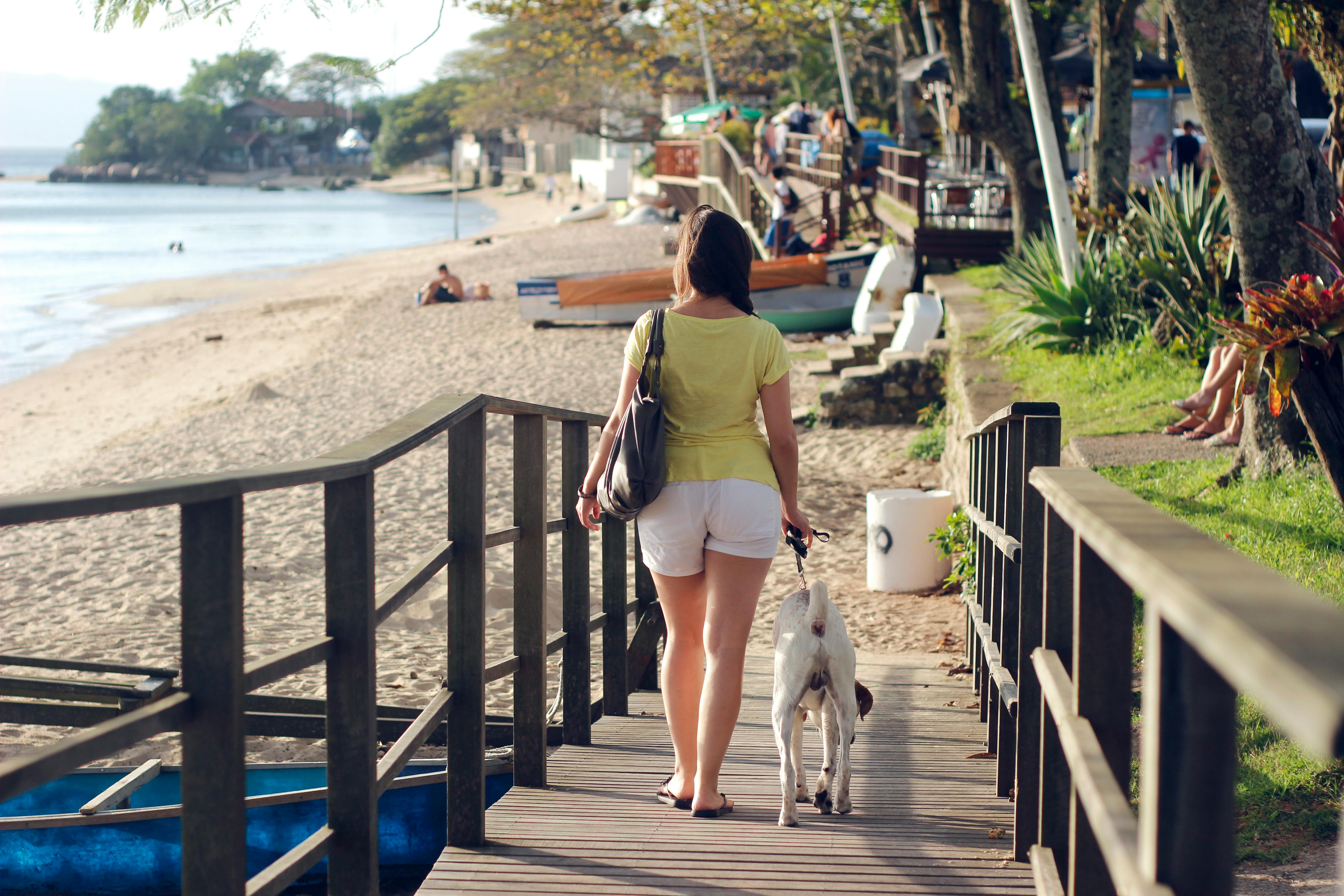Description: This breed has a broad head with a domed skull. Here we see the muzzle that is square, long, deep, wide and has a predominant stop. This breed has round, dark brown eyes that are set far apart. This breed has low ears, and these are thin. The tail is high, tapering to a beautiful point. The legs are straight, from the elbow; we see compact feet, with well-arched toes. The hind legs are long and muscular. Their coats are shiny and soft, dense and short, and feel slightly rough to the touch. The colors of this breed are dark blue, with a thick mottled body, spotted with shapes of black dots on the back, we see this on the back, sides and ears. The tricolor coat looks like a mottled blue to the eye, its strong ticking is actually made up of black hairs on a white background, creating a bluish effect. The ears and head are mostly black. This breed can come with or without tan markings. If they appear, they should be on the chest, cheeks and eyes and under the tail. If your dog has tan markings, you should see red markings on the feet and lower legs. Some standards prefer a more blue and black color on the dog’s body, at all times there should be more blue than white markings.
History: Here we have the dog of the state of Tennessee. It is said to come from selective breeding, in Louisiana, of foxhounds, English Coonhounds, and curs. This breed has a very strong instinct for tree animals, this means sniffing the animal and literally chasing it up the tree. Raccoons live in every state in America and have been hunted down by hunters with the help of the Bluetick Coonhound. The dog is expected to find, track and arborize raccoons. Due to the fact that each dog has its own unique bark, which sounds more like a bay cry, night hunting is often used with these dogs, since the hunter can follow the sound that each dog makes individually.
Temperament: This breed is highly intelligent and exceptionally devoted to its family. It lives well outdoors and is a good guardian of the family and home. This dog needs strong leadership, with firm handling, showing the owner as the leader of the pack. Socializing this dog, while it is young, will prevent a lot of trouble with strangers and other dogs. This dog is a hunter and he does it with fervor; there should be no trust in this dog with other non-canine pets. Here we see an extremely alert and active dog, capable of working in difficult terrain and in any weather. This is not a dog to be taken off the leash, as his natural instincts will take over and he will go on the hunt. These dogs are usually better with older children.
Health Issues: This breed is prone to dyspepsia, Krabbe disease, and cataracts.
Grooming: This dog is low maintenance and only needs an occasional brushing. Regular attention to the ears is imperative to prevent infections.
Living conditions: This is not an apartment dog. They will do best in a large garden that is secure and well fenced, this is due to the fact that they pick up scents from the wind and may wish to follow them.
